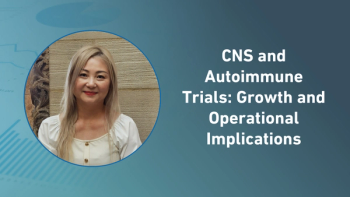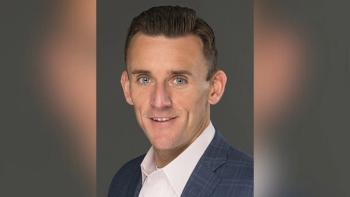
- Applied Clinical Trials-03-01-2022
- Volume 31
- Issue 3
Africa is Biosimulation’s Next Frontier
The answers to meeting biosimulation's growing demand for talent may lie in Africa.
The ability to predict how drugs will act in patients has been heavily dependent on testing in animal or human trials. But now, biosimulation—the use of computer-aided models to simulate complex biological systems—is a well-established part of drug development, and rapidly growing demand for biosimulation means that we need more experts. Clinicians and scientists are needed who can run and interpret these models and position them strategically to accelerate drug development, reduce costs, and increase confidence in clinical program decision-making. How do we ramp-up talent to meet this growing need? The answer may lie in Africa.
Devoting greater resources in quantitative pharmacology training and conducting clinical trials in low- and middle-income (LMIC) countries in Africa would greatly complement efforts elsewhere and advance innovative biosimulation applications across broad therapeutic areas. Major efforts to strengthen science systems in LMICs, including collaborations focused on capacity-building with local research institutions and global stakeholders, has provided a baseline of motivated scientists trained in the fundamental skills who should be enlisted to help.
Additionally, there is a special opportunity for innovation in Africa. Drug development science, regulatory frameworks, and infrastructure are being built with little in the way of a legacy system, meaning Africa doesn’t need to dismantle entrenched ways of operating to bring modern methods into play.
Building pharmacometrics capacity in Africa will also fight brain drain, enabling job creation for African scientists. It could also have the effect of increasing much-needed representation of African patients in clinical research, thereby more efficiently advancing new, safer drugs while accelerating access to medicines.
This last point is critical. African patients currently receive therapies that were not specifically studied in them during clinical drug development and may not work as well as they could. Currently, fewer than 2% of clinical trials are conducted in Africa, but the continent displays an incredible amount of genetic variance. It is essential we capture that diversity to develop drugs that benefit patients in Africa and elsewhere.
Biosimulation can optimize safe and effective dose and treatment duration in different patient types. The pharmaceutical industry has a poor track record of getting dosing right at product approval, with about 80% of drugs having a reduction in dose within two to six-and-a-half years after approval. For adults, typically doses are too high because the dose concentration- response relationship is poorly studied during development. In pediatrics, the opposite is often the case, with doses often set too low.
Given these challenges, opportunities, and advantages, we need to tap into Africa’s educational and research resources and change attitudes about what’s possible on the continent. Current efforts to train the next generation of pharmacometricians and clinical pharmacology experts in Africa, such as Pharmacometrics Africa, WCoP, and PAGE, are attracting a large number of promising students. South-North partnerships, in which African and Western researchers collaborate to address clinical pharmacology challenges, are growing in importance and participation. These programs need investment and ramping-up.
Many people with unmet medical needs have been waiting too long for effective medicines and therapies. Investment in biosimulation is the path forward to accelerating safer, more targeted treatments and establishing more accurate dosing. It’s the right time to do it, so what are we waiting for?
Articles in this issue
almost 4 years ago
CRO Update: Where are Contract Research Organizations Headed?almost 4 years ago
What is a CRO?almost 4 years ago
CROs Rise to COVID Pandemic Challengesalmost 4 years ago
Utilizing Outreach and Communicationalmost 4 years ago
ACRO Offers Blunt Take on EU Clinical Trial Legislation Pursuitsalmost 4 years ago
A List of CROs with Rough Justice Appliedalmost 4 years ago
Applied Clinical Trials March 2022 Issue (PDF)almost 4 years ago
A Rocky Road Ahead for New FDA Chief Califfalmost 4 years ago
Accelerating Innovation Adoption to Support Drug Development Operationsabout 4 years ago
Getting the Most From FSP ModelNewsletter
Stay current in clinical research with Applied Clinical Trials, providing expert insights, regulatory updates, and practical strategies for successful clinical trial design and execution.






.png)



.png)



.png)
.png)
